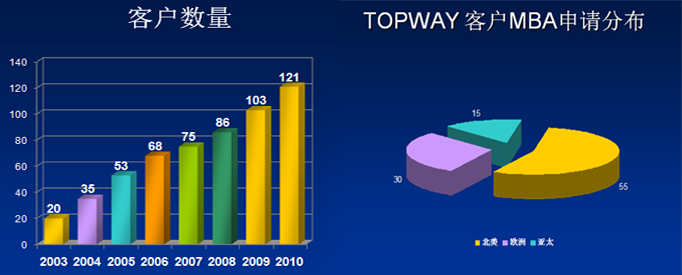|
 
- 精华
- 301
- 积分
- 162885
- 经验
- 162885 点
- 威望
- 15221 点
- 金钱
- 43960 ¥
- 魅力
- 28358
|
16. What is your understanding of risk and return?
17. 你觉得CAPM用到的beta和Black-Scholes公式计算出的Implied Volatility虽然都是度量风险,但是在philosophy上有何不同。
CAPM属于absolute pricing: price each asset with reference to fundamental sources of macroeconomic. Black-Sholes属于relative pricing: given the prices of some other asset, what is the price of this particular asset. 后者与基本面关系不大,属于衍生定价。
In financial mathematics, the implied volatility of an option contract is the volatility implied by the market price of the option based on an option pricing model. In other words, it is the volatility that, when used in a particular pricing model, yields a theoretical value for the option equal to the current market price of that option. Non-option financial instruments that have embedded optionality, such as an interest rate cap, can also have an implied volatility. Implied volatility, a forward-looking measure, differs from historical volatility because the latter is calculated from known past prices of a security.
An ordinary option pricing model, such as Black-Scholes, uses a variety of inputs to derive a theoretical value for an option. Inputs to pricing models vary depending on the type of option being priced and the pricing model used. However, in general, the value of an option depends on an estimate of the future realized volatility, , of the underlying. Or, mathematically:
where is the theoretical value of an option, and is a pricing model that depends on plus other inputs.
The function f is monotonically increasing in , meaning that a higher value for volatility results in a higher theoretical value of the option. Conversely, by the inverse function theorem, there can be at most one value for that, when applied as an input to , will result in a particular value for .
Put in other terms, assume that there is some inverse function , such that
where is the market price for an option. The value is the volatility implied by the market price , or the implied volatility.
Often, the implied volatility of an option is a more useful measure of the option's relative value than its price. This is because the price of an option depends most directly on the price of its underlying security. If an option is held as part of a delta neutral portfolio, that is, a portfolio that is hedged against small moves in the underlier's price, then the next most important factor in determining the value of the option will be its implied volatility.
Implied volatility is so important that options are often quoted in terms of volatility rather than price, particularly between professional traders.
Example
A call option is trading at $1.50 with the underlier trading at $42.05. The implied volatility of the option is determined to be 18.0%. A short time later, the option is trading at $2.10 with the underlier at $43.34, yielding an implied volatility of 17.2%. Even though the option's price is higher at the second measurement, it is still considered cheaper on a volatility basis. This is because the underlier needed to hedge the call option can be sold for a higher price.
Implied volatility as a price
Another way to look at implied volatility is to think of it as a price, not as a measure of future stock moves. In this view it simply is a more convenient way to communicate option prices than currency. Prices are different in nature from statistical quantities: We can estimate volatility of future underlying returns using any of a large number of estimation methods, however the number we get is not a price. A price requires two counterparts, a buyer and a seller. Prices are determined by supply and demand. Statistical estimates depend on the time-series and the mathematical structure of the model used. It is a mistake to confuse a price, which implies a transaction, with the result of a statistical estimation which is merely what comes out of a calculation. Implied volatilities are prices: They have been derived from actual transactions. Seen in this light, it should not be surprising that implied volatilities might not conform to what a particular statistical model would predict. |
|





